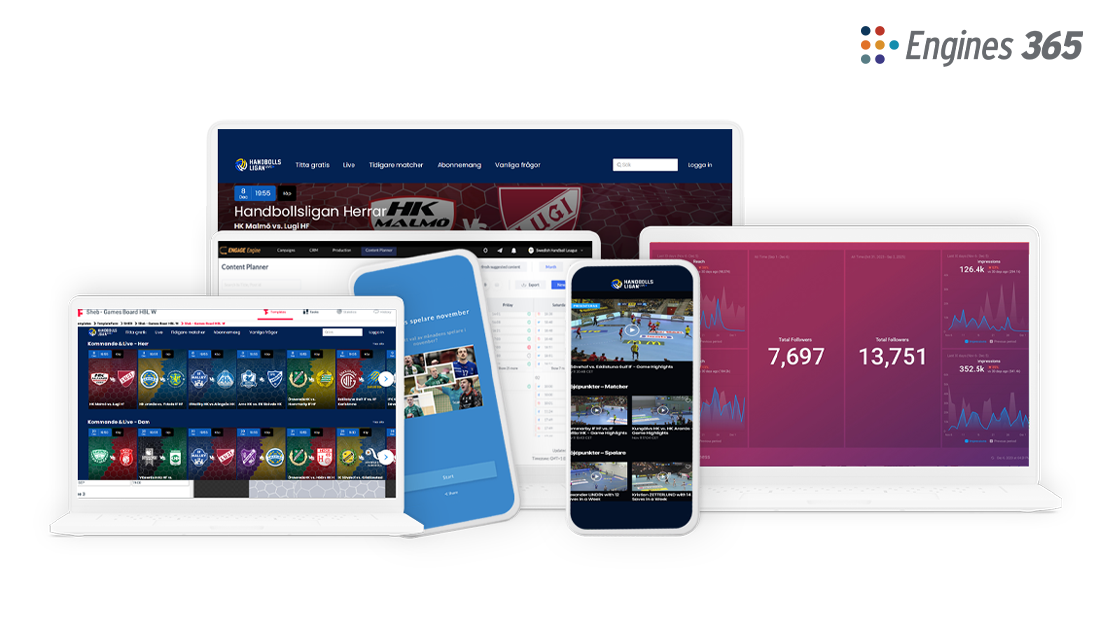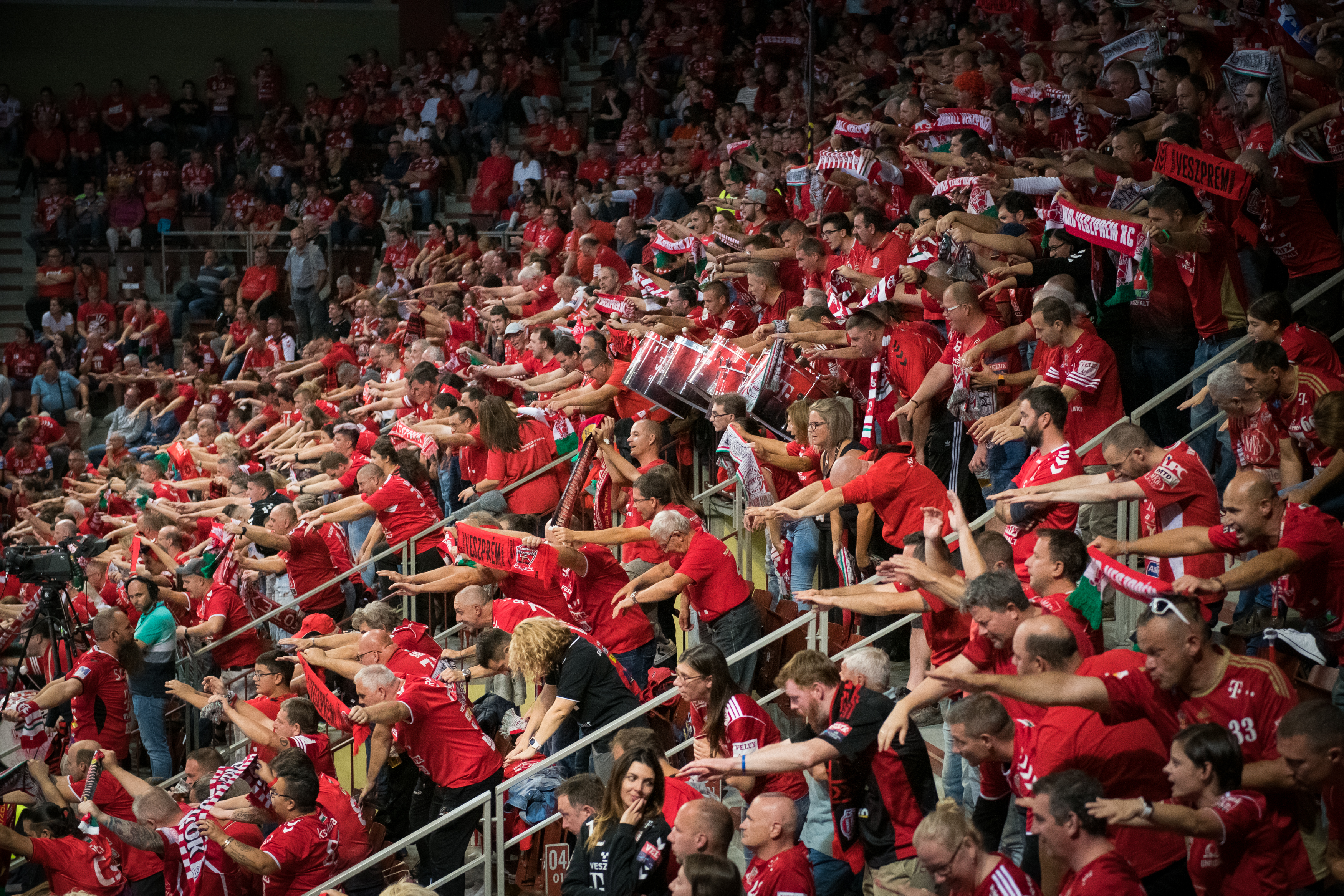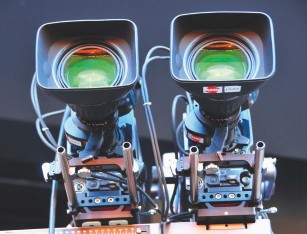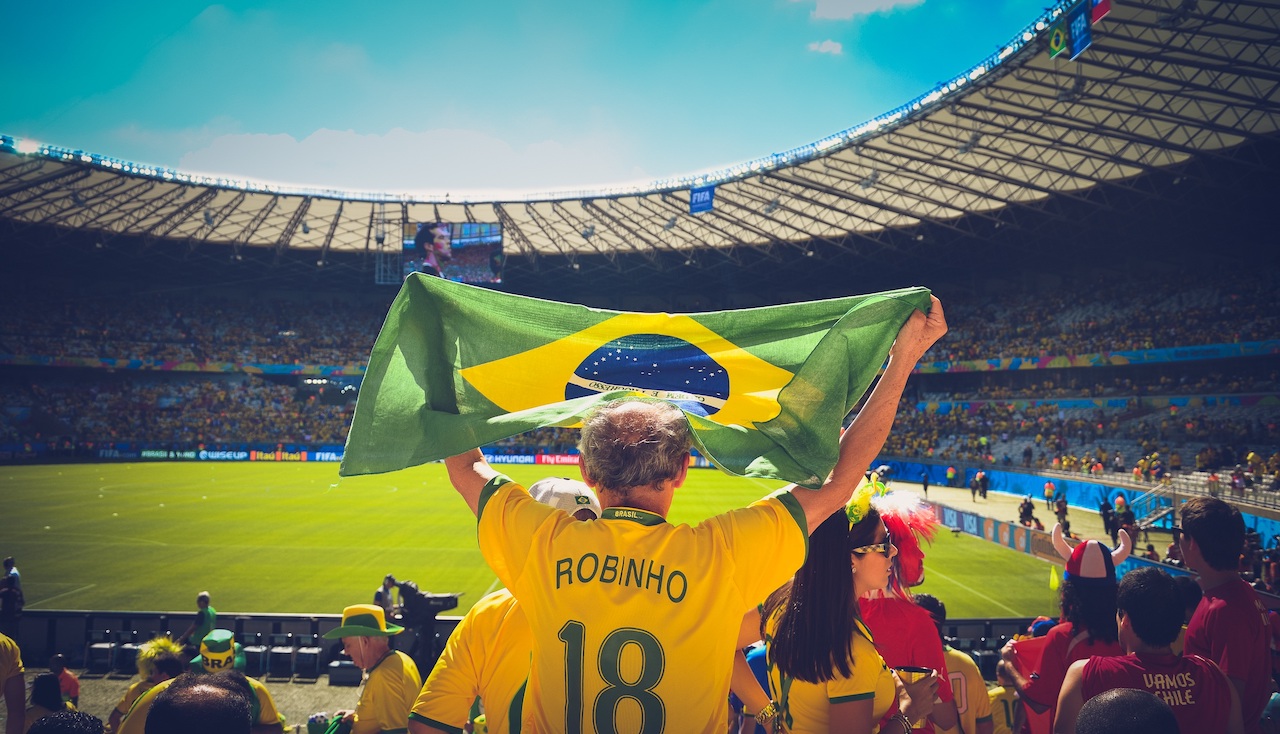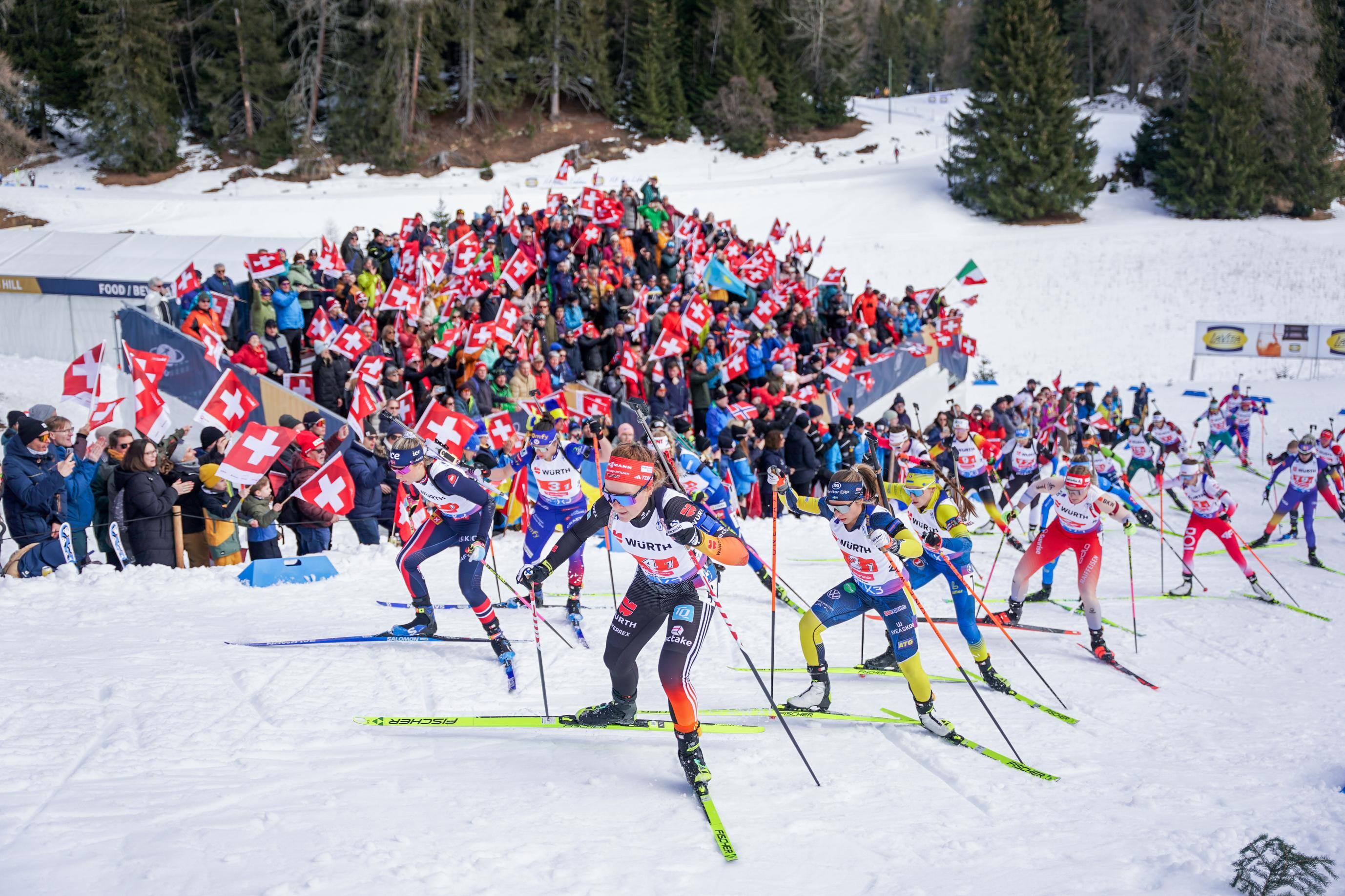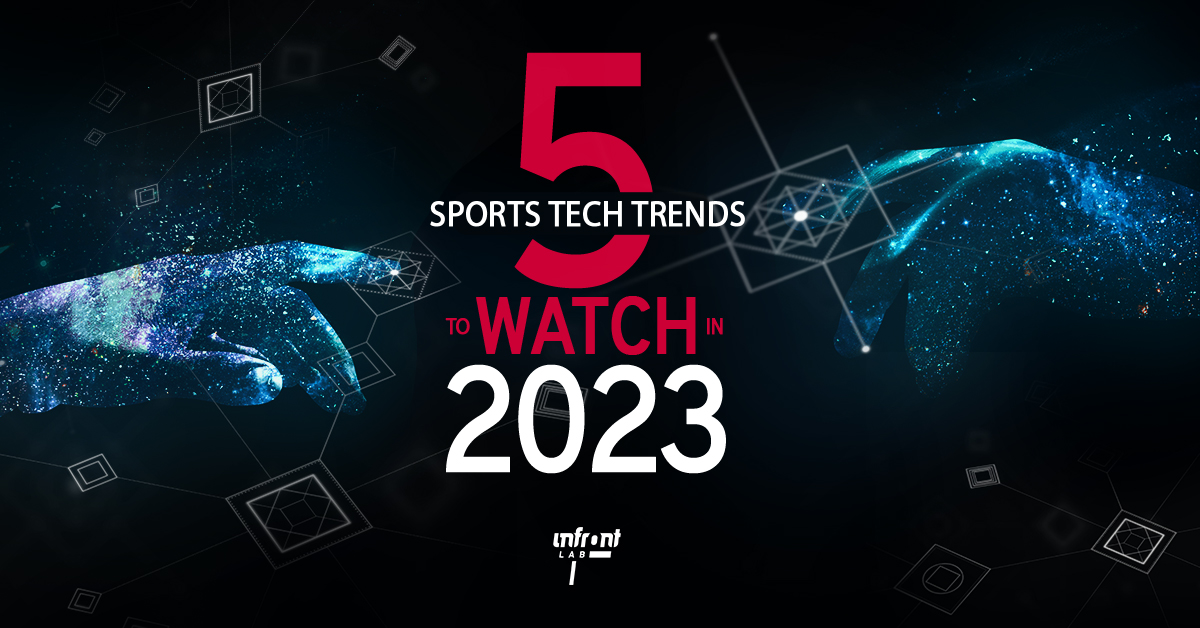You may have recently heard the term Generative AI. Some even termed 2022 the “year of Generative AI.” There’s a lot of buzz and excitement around this new type of technology, and what it could mean for different industries going forward.
But what is Generative AI, and how can it be implemented in sports?
What is Generative AI?
Generative AI is not a new invention. The technology surrounding this form of AI has been around for several years, but it’s been recently merged to construct what has now become known as Generative Artificial Intelligence. The term and technology have become more commonly used due to productization. Applications such as Google Open AI and Stable AI helped propel it to the mainstream.
The most recent example has been the rise of ChatGPT, which is capable of understanding and generating human-like text. This means it can perform tasks such as answering questions, writing creative stories and much more.
Until now, AI was used as an analytics tool, meaning it uses large amounts of data to detect, recognise, segment, predict and even make recommendations. Generative AI, as Sequoia Capital explains, takes this a step further. Machines are now “generating something new rather than analyzing something that already exists.”
What does this mean in the day-to-day?
“It learns the world through millions and millions of, in our case, visual data, images and videos,” explained Asaf Cohen, VP of Sales at Israel-based Bria, on The Mix Zone by Infront Lab.
“It learns the underlying pattern related to the data that it sees, so that it can generate similar data, in our case, images, videos,” he adds. “Other Generative AI uses this type of technology to generate text, to help you write your email [for example].”
Bria.io enables communicators - meaning anyone who uses images and videos for commercial needs - to convey a commercial message with new, AI-generated images.
“We enable them to be creative,” he says. We remove certain thresholds and barriers, and allow marketeers, for example, to generate their own visual content without the need to go to designers or have very specific skill sets. It's a very simple way to use generative.”
Bria allows creators to customize images, changing things like the sentiment or expressions of people in photos, making them happy or surprised, shocked or angry. You can change backgrounds or add motion to still images. Essentially one picture can be adapted into dozens of variations, saving money and time.
How can sports use Generative AI?
There are several ways for sports to use this technology, ranging from marketing to brand sponsorships and even fan engagement.
For one, globalisation has turned leagues, clubs and athletes into international sensations rather than local heroes. The biggest names in sport have fans worldwide, and marketing to them, with images of fans whose appearances are similar to theirs, is now easier and faster. One image of a new kit and jersey can be used to create dozens of images with a diverse range of fans. An image of Emirates Stadium full of female Arsenal fans can be created, explains Cohen. Or an image of younger or older generations of fans. Generative AI can help you cater to different yet specific target audiences.
As for fan engagement, technologies such as Bria allow sports entities to generate competitions by providing their technology on a website or app, sharing a single image with fans and asking them to recreate it using Generative AI.
One recent example of using Generative AI for fan engagement comes from the 2022 FIFA World Cup in Qatar. Visa’s Master of Movement brought to life five of the most iconic World Cup moments using generative art (they also took it a step further and minted them into NFTs in order to allow for digital ownership).
Football fans who visited the FIFA Fan Festival in Doha also had the option to turn their moves on the pitch into digital artwork via Visa’s experience.
Ethical AI
But is this style of image creation ethical?
“It is a very important topic when you speak about computers that generate new images or new visuals that weren't there before,” says Cohen.
Not managing these technologies correctly can be harmful, he adds. For these reasons, Bria employs a responsible AI advocate, who holds a PhD in Philosophy and Ethical AI. “She’s a part of everything that we do and proactively reviews our technology,” he says.
They add another layer of security by putting “guardrails” into their technology, so that companies who use their tech cannot use it in a harmful manner. Bria also does not allow the use of real people’s faces, or swapping faces and bodies. The technology only generates completely new images.
Technologies are altering our workflows, changing everything from our email marketing to how we communicate with fans. New tech, such as Generative AI, is likely to become even more intertwined with what we do in the sporting world. We first have to learn to trust it, says Cohen.


